Poultry: an overview of popular species

People first began to domesticate birds in ancient times. Some were prized for their excellent singing, others were incredibly beautiful or intelligent. In this article, you will get acquainted with the most popular and interesting varieties of poultry, their habits and keeping features.
Popular varieties
All domestic birds can be divided into three varieties: songbirds (with a melodic voice), decorative (with an original color), and parrots, which are a kind of hybrid of the first two species.
Singers
People give birth to these birds due to their unique manner of singing. They are not as common as parrots, but are also commonly found as pets.
- Blackbirds. Few of us have not heard the thrush singing while hiking in nature - these unique birds have a surprisingly melodic voice, as well as a rather sharp mind. These birds are not adapted to being kept in a cage, they need large enclosures, a lot of space for flights, a large amount of sunlight, as well as constant water baths.

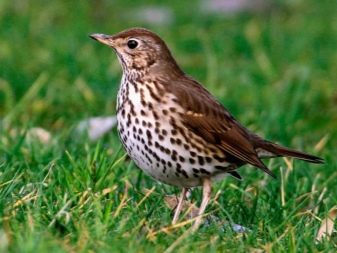
- Finches. Not a very common bird among Russian breeders, however, very interesting. Finches are extremely restless, curious, very fond of different tricks.
Unfortunately, only male finches can sing, their singing is very gentle and iridescent.
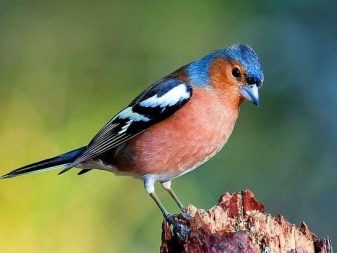
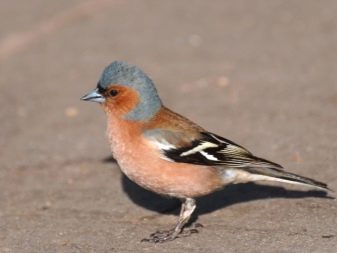
- Chizhi. Very cute birds with a pleasant and melodic timbre. They perfectly adapt to a new place, they can get along well with other pets, including birds of a different species. Unlike other poultry, they tolerate loneliness - they always have something to do. A feature of siskins is their ability to imitate the singing of other birds.Feeding them is easy, and grooming will not be a big problem for a beginner.
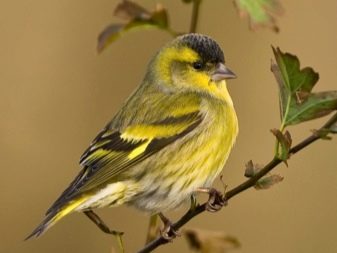
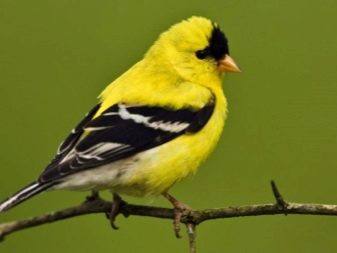
- Goldfinches. These small birds with variegated plumage have a multi-stage and very melodic voice. Among other birds, they are distinguished by a sharp mind, but also by a pugnacious character.
These pets should not be housed in aviaries with other birds, especially if they are birds of a completely different species.
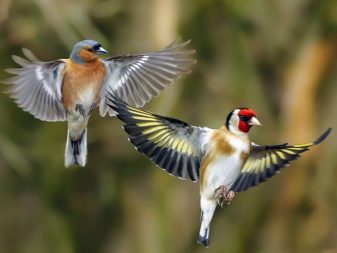
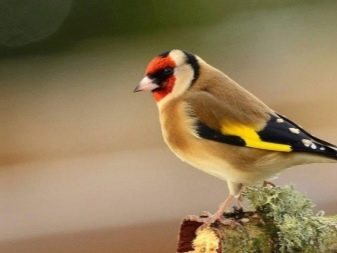
- Oatmeal. Few people know about these singing birds - all because of their unsociability and long getting used to a new place. In the wild, buntings are true enthusiasts who love to sing in a variety of ways. If you still manage to get such a pet, then there should be no difficulties with feeding or keeping it.
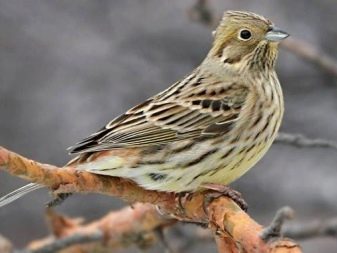
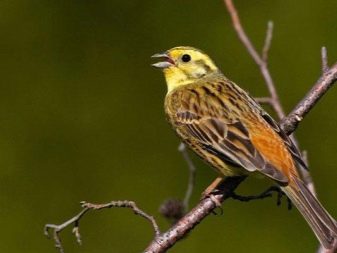
- Jays. Among other birds, jays are the most talented. In addition to their original color and plumage, these birds can accurately imitate not only the singing of other people's birds, but also the voices of people, and even reproduce the full sounds of other pets. This can be funny, however, becomes a problem in families with several pets, where such imitation reaches the level of ordinary teasers.
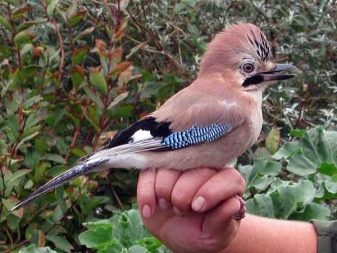
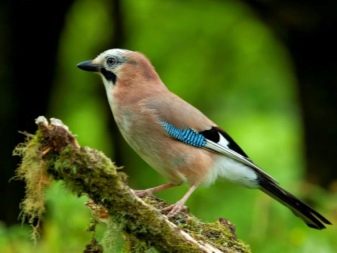
- Nightingales. This songbird king cannot be ignored. Despite the seemingly absolutely nondescript appearance, these birds create real works of art with their singing. They do not get used to housekeeping particularly quickly and must be kept in very spacious enclosures.
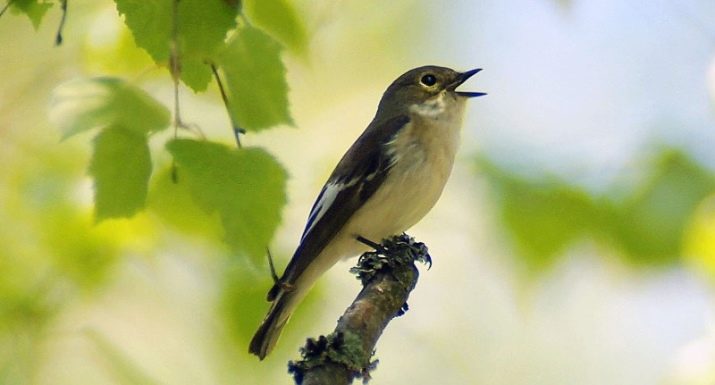
- Starling. An unpopular, but very interesting option if you want to have a feathered pet. They are very curious, intelligent and friendly birds that will find a common language with everyone. Throughout their life, starlings can even learn up to a few words, however, problems often arise with their content. Starlings need a good spacious cage or aviary with a layer of earth of at least 3-4 cm, in which these birds love to dig.
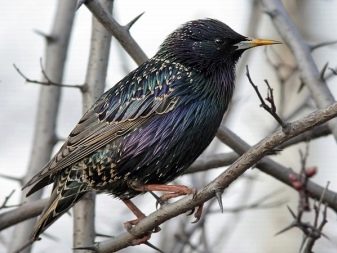
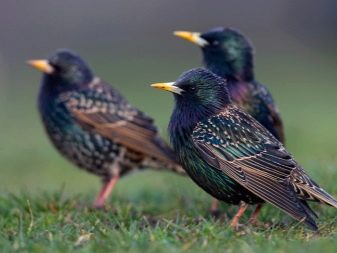
- Canary. Canaries are a versatile songbird in every way. They are very beautiful, melodic and sociable pets that will never make the owner bored. To keep them, you do not need a particularly large cage, and canaries are not picky about the type of food they eat. The main thing for them is that the owner loves them and gives them maximum attention. Canaries feed mainly on grains or seeds, however, they do not disdain insects in the wild.

Parrots
Parrots are considered universal pets today when it comes to birds. They are beautiful, perspicacious, love communication and most often become real family members.
- Aratinga. Many inexperienced breeders confuse these amazing birds with macaws. These parrots got their unusual name due to their exceptional multi-colored coloration. The main colors in the coloring of arating are yellow and orange, but the saturation of these shades depends on the type of parrot. Arating's dwelling should be large enough to spread its wings.
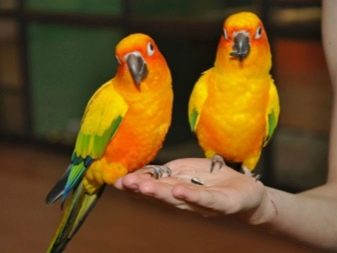
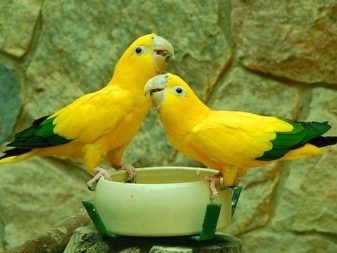
- Wavy. Budgerigars are considered the most affordable compared to other domestic species. These small birds can be found in any nursery, they do not require large cages and very quickly get used to a new place. With a strong desire, the budgerigar can be taught to pronounce up to 10 separate phrases. Another advantage of these parrots is the variety of its colors. The plumage of these birds can be yellow, green, blue or mixed.
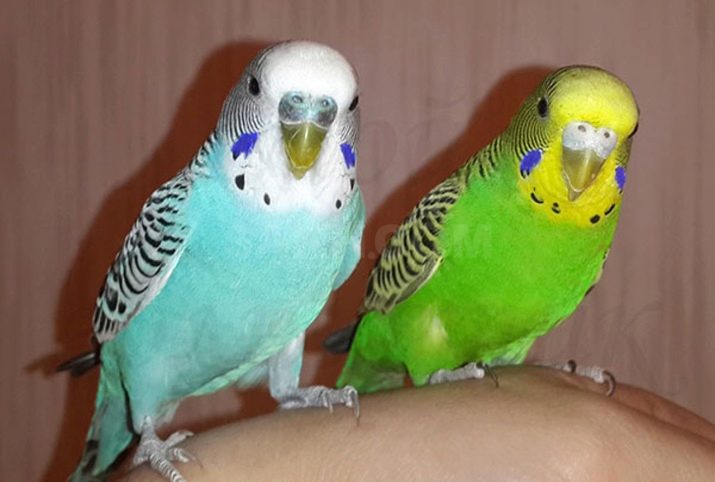
- Corella. These parrots are considered ideal for breeding in absolutely any conditions. This is a very sociable, restless and friendly bird that can be trained to pronounce up to 100 words in a lifetime. Caring for these birds is not difficult, however, in the diet of cockatiels, in addition to the main food, a wide variety is needed, including fruits, vegetables and vitamins.
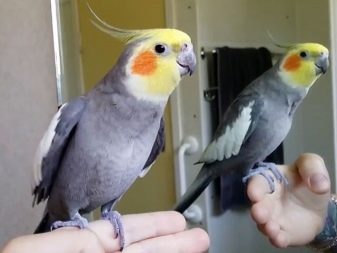

- Lovebirds... It is advised to buy these parrots in pairs, or to pay maximum attention to them all the time. The name "lovebirds" originated from the tendency of these birds to constantly look after their partner.Absolutely anyone can cope with food and care for lovebirds, however, the home of lovebirds should be spacious and clean.
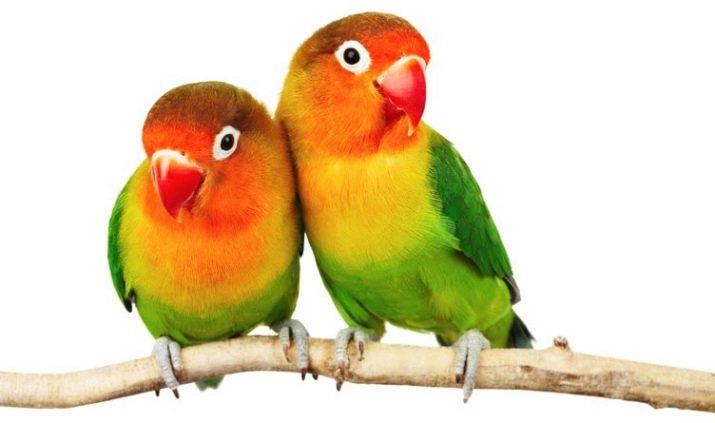
- Cockatoo. Among other parrots, the cockatoo is considered a real long-liver. These amazing parrots with a characteristic tufted head can live up to 50 years at home. Cockatoo differ from others with incredibly developed intelligence and simply a colossal need for attention. Such a parrot at home is like a small child trying with all his might to take you out to play.
Thanks to their sharp mind, they are able to memorize up to several hundred words in their entire life.


- Jaco. Gray parrots are very rare in ordinary families. All because of, at first glance, the nondescript color of these parrots and the huge price even for the youngest individuals. In fact, it is an incredibly intelligent bird that perfectly imitates human speech and is able to memorize more than 100 words in a lifetime. Jaco are as sociable as other parrots, they adore games, tricks and all kinds of toys.
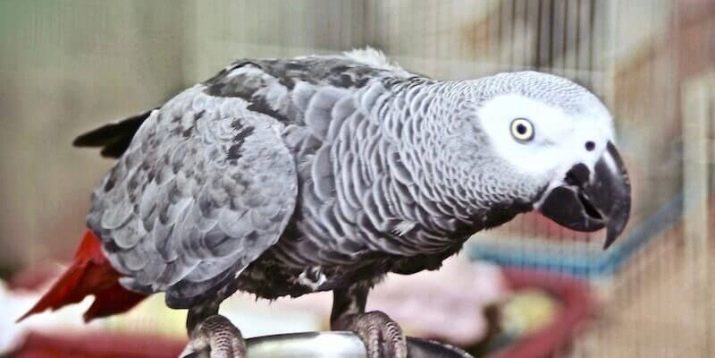
- Macaw... Macaw parrots are considered by many to be the king of all other parrots. They are distinguished by a very variegated and rich color, extreme longevity, and an incredibly sharp mind. With insufficient attention from the owner, macaws become uncontrollable and, with the help of their powerful beak, can harm furniture throughout the apartment, ruin the cage and even terrorize other pets. If the owner takes good care of such a pet and spends a lot of free time with him, the macaw becomes a full-fledged member of the family who loves to be in the spotlight.
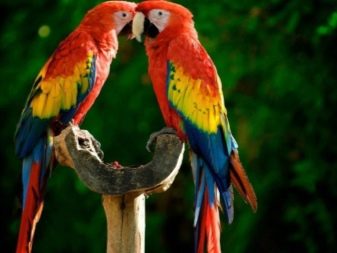
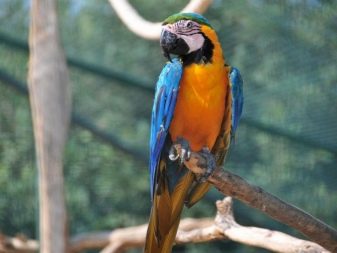
- Amazon. This type of parrot is suitable for breeders who are not ready to keep large birds. Amazons have a sharp mind, original appearance and quickly take root in a new place. These parrots very quickly get used to people and do not tolerate being alone for a long time. There is only one drawback in caring for these birds - their large and very durable beak can ruin both furniture and the cage (if it is not metal, but polymer).
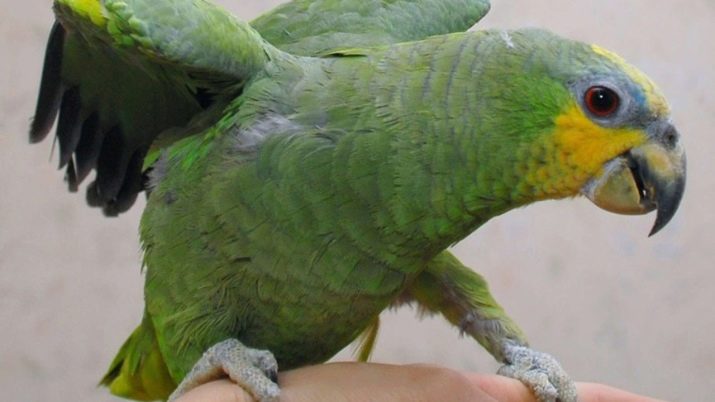
Decorative
Ornamental poultry are bred for two reasons: for their unique appearance or because of certain mental abilities.
- Bullfinch. These birds began to be bred due to their stunning bright plumage. This type of bird gets along well with people and quickly adapts to the conditions of the cage. Unfortunately, nature has not endowed these birds with good hearing and singing, but they can still make melodious sounds.

- Raven, magpie and crow... A good choice for original owners who want to see a real companion in the bird. These birds are not only very smart, which they show almost constantly, but also talented. They perfectly understand the mood of the owner, they can pronounce individual words or phrases. In care, these birds are very picky - a cage will not work here, you will need a spacious and very durable aviary, which must always be kept clean.
With the wrong upbringing, these birds are very irritable and capricious.

- Owl. Perhaps the quietest and most talkative of all feathered pets. These birds do not like increased attention and prefer to spend most of their time alone with themselves. The main activity of owls begins precisely at night, which becomes a big problem for inexperienced breeders. Unfortunately, owls are very difficult to care for - they need strictly defined and expensive food (mice, rats, crickets), as well as huge space.
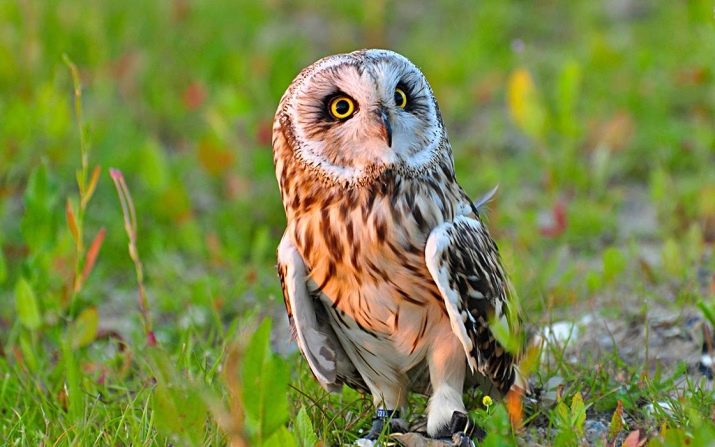
- Amaranth. This is probably the most unpopular option among all types of poultry. Apart from their beautiful red plumage, these birds are no different from street birds. Unfortunately, amaranths hardly take root in a new place and rarely recognize a true friend in the owner.
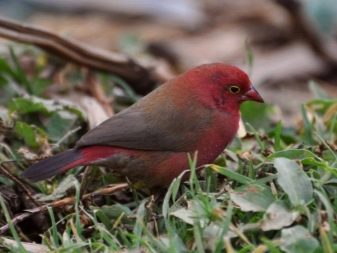
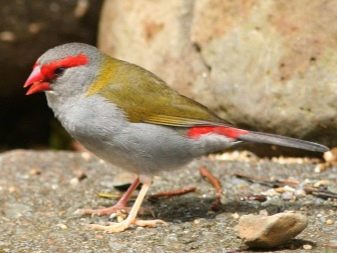
- Amadines. These small birds with a red beak are very friendly and restless in nature.Some attribute finches to songbirds, however, these pets emit only individual characteristic sounds that cannot be called singing.
Since these birds come from a tropical climate, low temperatures and drafts are not allowed in their keeping.
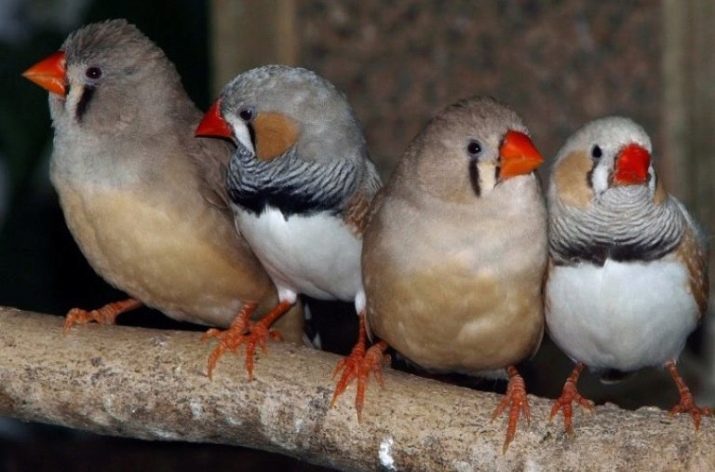
- Doves. If the rest of the decorative birds start only due to their appearance, then some varieties of pigeons are also actively used for meat production. In addition, everyone knows about carrier pigeons and what they are capable of. In rare cases, such birds can fly thousands of kilometers and will not be mistaken in choosing a route.
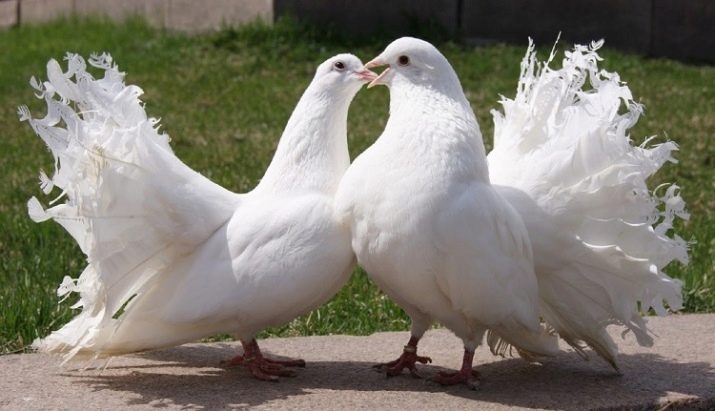
For information on what kind of bird to have at home, see the next video.








